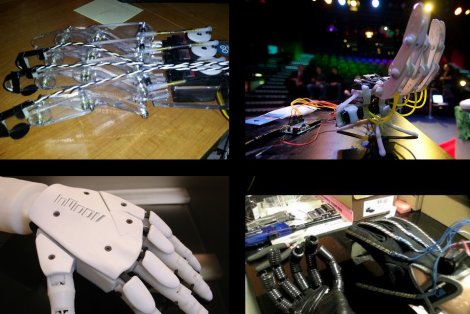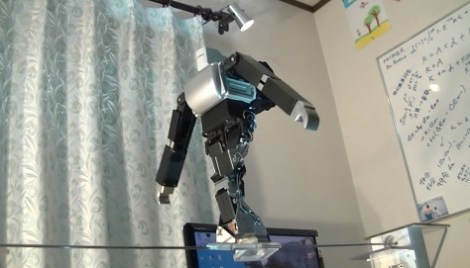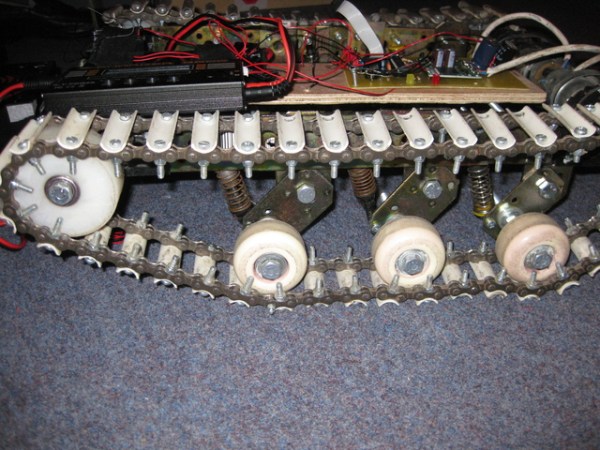
From the looks of the latest update [James] has made quite a bit of progress on his bipedal robot. He added to the top of the post just a few days ago, but didn’t include the video link which you’ll find embedded after the break. There’s about ten minutes of explanation before he gets down to demonstrating the static and dynamic balance which can be chosen using the buttons on a TV remote.
We looked in on the project about one year ago. The most notable change is the control electronics anchored in the torso of the robot. At first it makes us a bit nervous that he hasn’t built a protective cage around the components. But after seeing the latest stability demonstration we guess it’s because this thing is fantastic at staying upright. The torso is connected at the hips in such a way that no matter where each leg is it will always remain upright. All together the thing stands twenty-six inches tall, but that will grow when he gets around to building a head for it.
















